Frederic L. Pryor9780521613477, 0521613477, 0521849047
Table of contents :
Half-Title……Page 3
Title……Page 5
Copyright……Page 6
Dedication……Page 7
Contents……Page 9
Tables……Page 11
Charts……Page 12
Appendices……Page 13
Appendix Chart……Page 14
Statistical Appendices Tables……Page 15
Preface……Page 17
PART ONE ORIENTATION……Page 19
ONE Introduction……Page 21
A. Some Basic Concepts……Page 23
2. Economic Institutions……Page 24
3. Economic Organizations……Page 26
4. The Economic System, the Mode of Production, and the NewInstitutional Economics……Page 27
1. Common Approaches for Classifying Economic Systems……Page 29
2. My Approach for Classifying Economic Systems……Page 32
1. Basic Expositional Strategy……Page 36
2. Problems of Causation……Page 37
3. Data Problems……Page 39
4. Problems of Methodological Bias……Page 40
D. Plan of Attack……Page 43
PART TWO FORAGING SOCIETIES……Page 45
TWO Economic Systems of Foragers……Page 47
1. The Sample……Page 48
2. Institutional Characteristics to Define Types of Economic Systems: Distribution……Page 50
3. Institutional Traits to Define Types of Economic Systems: Property……Page 53
B. The Types of Economic Systems……Page 56
2. The Role of Economic Development……Page 57
a. Classic Foragers……Page 60
a. Human-Wealth–Oriented Societies……Page 61
a. Politically Oriented Societies……Page 62
6. A Brief Summary……Page 63
1. Some Preliminaries……Page 64
2. Environmental Factors……Page 66
3. Social Structural Variables……Page 68
5. Political Variables……Page 70
7. A Brief Conclusion……Page 72
E. Evolution of Foraging Economic Systems……Page 73
F. A Brief Summary……Page 74
THREE From Foraging to Farming……Page 76
A. Agriculture and Related Subsistence Activities……Page 78
1. Proto-Plant-Production……Page 79
2. Domestication and Full-Scale Agricultural Production……Page 81
1. Favorable Environmental Conditions for the Presence of Agriculture……Page 82
2. Change in Environmental Conditions……Page 86
3. Biological/Geographical Limitations on Agriculture……Page 87
4. Some Conclusions……Page 88
1. A Cultural Factor: Changes in Mentality……Page 89
3. Competition for Status……Page 92
4. The Existence of a System of Private Property……Page 95
5. A Brief Summary……Page 98
D. Hypothesized Impact of Stress on Land Resources……Page 99
1. Stress on Resources: Potential Food Availability……Page 100
2. A Modification……Page 103
E. Agriculture and Sedentarism……Page 105
F. Conclusions……Page 107
PART THREE AGRICULTURAL SOCIETIES……Page 111
FOUR Economic Systems of Agriculturalists……Page 113
a. Ownership of Land……Page 114
c. Miscellaneous Aspects of Wealth……Page 117
a. Transfers……Page 118
c. Wealth Related to Distribution……Page 119
1. General Results……Page 120
a. The Egalitarian Farming System……Page 124
4. Possible Biases in the Results……Page 125
5. System Labels: Mine and Others……Page 127
C. Possible Determinants of the Types of Economic Systems:Demography and Environment……Page 128
1. Demographic Variables……Page 129
2. Environmental Variables……Page 132
1. Cultural Diffusion……Page 133
2. Political Variables……Page 134
4. Economic Factors……Page 137
1. From One Agricultural System to Another……Page 139
2. Changes in the Focus of Production……Page 141
F. A Brief Summary……Page 142
FIVE From Agriculture to Industry……Page 144
1. Definition of Some Relevant Concepts……Page 146
2. Dating the Threshold of Industrialization……Page 148
1. The State of the Debate……Page 149
2. Tests of the Hypotheses……Page 151
C. Marketization……Page 157
1. The Penetration of Markets as a Factor Underlying Early Industrialization……Page 158
2. Proto-Manufacturing as a Type of Marketization: A Semi-Digression……Page 164
D. The Impact of Land-Tenure Arrangements on Industrialization……Page 167
E. Summary……Page 172
PART FOUR INDUSTRIAL/SERVICE SOCIETIES……Page 175
1. Data and Statistical Technique……Page 177
2. The Results……Page 178
3. Special Characteristics of the Four Individual Economic Systems……Page 184
B. Economic Performance and Economic Systems……Page 187
1. Direct Economic Considerations……Page 188
2. Other Performance Indicators……Page 192
3. Some General Considerations……Page 194
1. Long-term Historical/Geographical Determinants……Page 197
2. Political/Ideological Determinants……Page 202
3. Social/Cultural Determinants……Page 204
4. An Overview of Possible Determinants of Industrial Economic Systems……Page 206
D. A Brief Summary……Page 207
SEVEN Systemic Changes in Advanced Market Economies……Page 210
A. Some Clues about Systemic Change from the Economic Systems of Developing Nations……Page 212
B. Recent Evolution of the OECD Economic Systems: Clues from a Small Sample……Page 216
1. Different Views on How Economic Institutions and Systems Change……Page 217
2. Parallel versus Polyvalent Systemic Change……Page 219
3. Contracting and Convergent Systemic Changes……Page 222
1. Rapidity and Direction of Institutional Changes……Page 223
2. Critical Forces Influencing Future Systemic Changes: Aging of the Population……Page 226
3. Critical Forces Influencing Future Systemic Changes: Economic Globalization……Page 230
4. Critical Forces Influencing Future Systemic Changes: Relative Power of Capital, Labor, and Management……Page 235
5. Final Observations……Page 239
D. A Brief Overview……Page 240
EIGHT Marxist Economic Systems……Page 242
A. The Universe of Marxist Regimes……Page 244
B. The Rise of Marxist Regimes……Page 249
C. Major Institutional Features of a Marxist Economic System……Page 253
a. The Canonical Case……Page 255
b. Variants Among the Core Nations……Page 256
a. The Canonical Case……Page 258
b. Variants Among the Core Nations……Page 259
a. The Canonical Case……Page 260
4. A Note on the Economic System of Marxist Regimes Outside the Core……Page 261
5. A Requiem for the “NewSocialist Man”……Page 262
1. Economic Growth……Page 263
2. Economic Efficiency……Page 267
4. A Brief Summary……Page 269
1. The Key Events……Page 270
2. A Brief Case Study of Decline: The U.S.S.R…….Page 274
4. Special Factors in the Decline of Marxist Regimes Among Developing Nations……Page 278
F. Conclusions and a Note on Systemic Convergence……Page 280
PART FIVE FINAL WORDS……Page 283
NINE Conclusions and an Agenda for Future Research……Page 285
1. A Brief Review……Page 286
2. Some Implications of the Results……Page 287
3. Possible Extensions of the Analysis……Page 290
B. Causal Independence of the Economic System……Page 292
C. Impact of the Economic System on Economic Performance……Page 293
1. Systemic Change Accompanying a Change in the Focus of Production……Page 295
2. Systemic Change Without a Change in the Focus of Production……Page 297
E. Coda……Page 299
Bibliography……Page 301
Index……Page 325
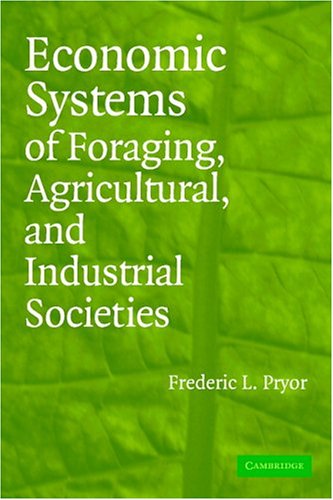
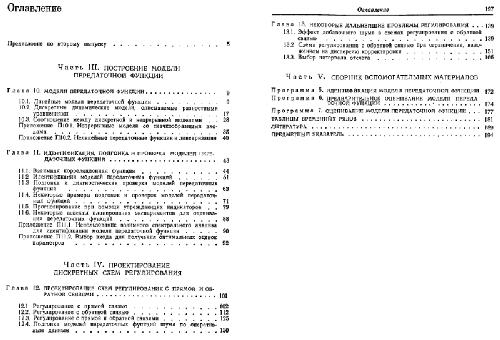
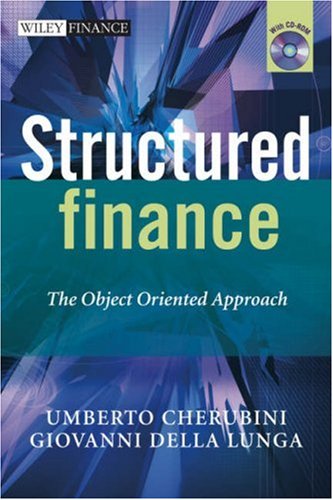
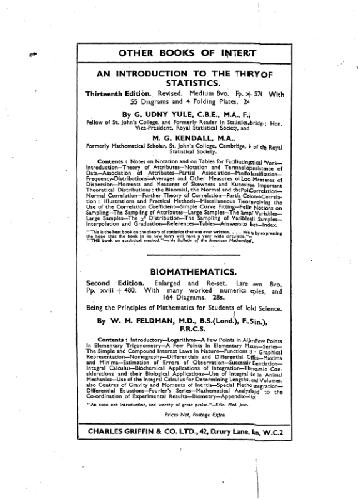

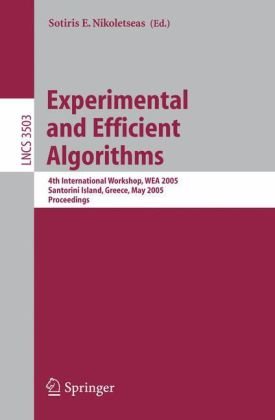

Reviews
There are no reviews yet.